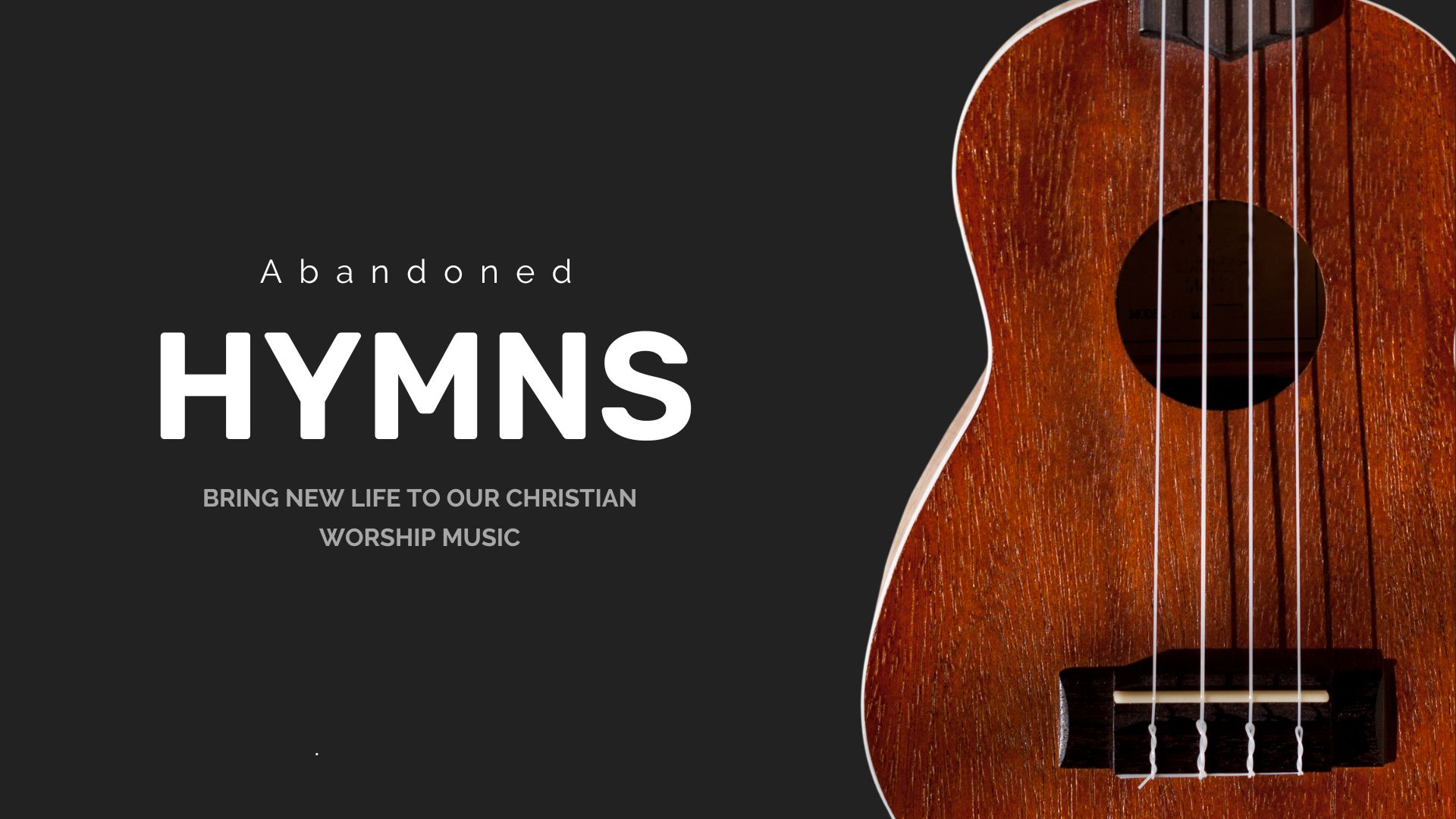Contributed by A. Merril Smoak, Jr., Dean of the Jubilee School
If you Google the adjective “abandoned” you will find two definitions:
- having been deserted or cast off – “an abandoned car”
- unrestrained; uninhibited – “a wild, abandoned dance”
This article will reflect on the second definition as it relates to the Old Testament story of King David recorded in 2 Samuel, chapter 6.
The phrase “a wild, abandoned dance” immediately reminds us of the story of King David dancing before the Lord as the Ark of the Covenant is brought into the ancient city of Jerusalem. His dancing before the Lord can certainly be described as “unrestrained” and “uninhibited.” This celebration event is recorded in chapter 6 of 2 Samuel. Here are the key verses:
5 David and all Israel were celebrating with all their might before the Lord, …
14 Wearing a linen ephod, David was dancing before the Lord with all his might, 15 while he and all Israel were bringing up the ark of the Lord with shouts and the sound of trumpets.
16 As the ark of the Lord was entering the City of David, Michal daughter of Saul watched from a window. And when she saw King David leaping and dancing before the Lord, she despised him in her heart.
21 David said to Michal, “… I will celebrate before the Lord. 22 I will become even more undignified than this, and I will be humiliated in my own eyes.”
This was a joyous event that demanded a huge celebration. The Ark of God, the box overlaid with gold that contained the original Ten Commandment stone tablets, was being brought into David’s city Jerusalem. King David led the inhabitants of Jerusalem in the celebration by dancing before the Lord “with all his might.” This phrase “with all his might” suggests that the King was “unrestrained” and “uninhibited” in his dance before the Lord. It was a “wild, abandoned dance.”
That David was not intimidated or worried about what others thought of his dancing is reflected in his response to the criticism by Saul’s daughter Michal. Notice his twofold response to Michal’s criticism:
- “It was before the Lord” and “I will celebrate before the Lord”
- “I will become even more undignified than this, and I will be humiliated in my own eyes.”
His dancing was worship directed to God during this time of celebration. He was not concerned with what others thought about his worship actions. Reflecting on this story worship leader Matt Redman shares these thoughts:
Going back to that day in Jerusalem, the dancing King David was totally consumed with God and unaware of himself. He didn’t care who was watching or what they might think. He was an adoring heart, worshipping with all his might.
That’s what King David’s frenzied dancing was all about. It wasn’t a show; nor was it just adrenaline or hype. It was an overflow of the abundance of love for God that was in his heart.[1]
Amen!
But we must also remember that King David was leading in worship. His wild abandoned dance before the Lord was an example for others to follow. Are you a worship leader? Do you lead a group of people in singing praises to God? Please remember that people are watching and hopefully following your worship actions.
Will our worship this coming Sunday be an overflow of the abundance of love for God that is in our hearts?[2] Maybe we should follow David’s example and think about these adjectives as we prepare for worship this coming Sunday:
unrestrained & uninhibited – “a wild, abandoned dance”
May all of our worship be like this “with all our might.”

